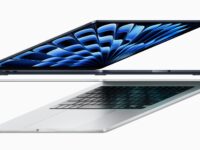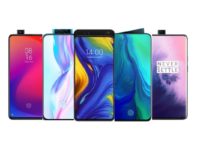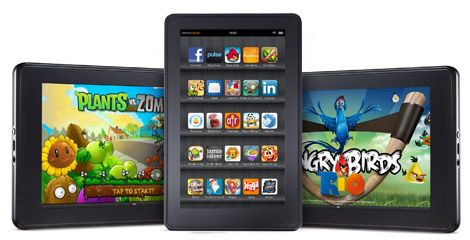
Amazon got itself well and truly into touchscreen territory, launching four new Kindles. But no, we don’t think Cupertino will be worried.
When they write the history of ebook reader, September 28 will go down as the day when Amazon took a deep breath and dived into the tablet market. Just as was being widely expected, Amazon founder Jeff Bezos revealed a Kindle tablet running Android. Bloomberg even jumped the gun and told the world that the tablet would be called the Fire and would be priced at $199. What was NOT expected was the fact that he would unleash three other Kindles, with prices that started from USD 79 and went up to USD 199.
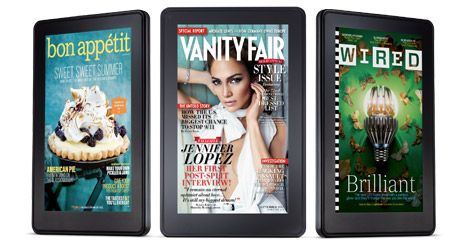
The centerpiece of the show, of course, was the Amazon Kindle Fire – a no-nonsense tablet that packed in a 7 inch, 1024 x 600 display with support for multi-touch, a dual core processor, a super fast browser called Amazon Silk, 8GB on board storage and inevitably, seamless integration with most Amazon services, ranging from books to videos to magazines, not to mentioned unlimited cloud storage in best Kindle tradition.
On the flip side, the version of Android running beneath the heavily skinned interface was not revealed and the Fire had neither 3G connectivity nor a camera, ruling video calling out altogether. The price tag of USD 199, however, made everyone sit up, and take notice and we are sure, made several Android tablet manufacturers’ throats run dry. The Kindle Fire is easily the lowest price Android tablet released by a major brand.
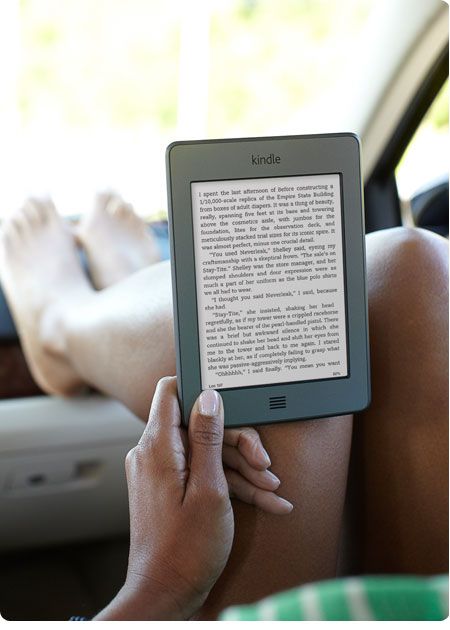
However, while the Kindle Fire was particularly much expected, what was not expected was the Kindle Touch. Basically the Kindle minus a keyboard but with a multi-touch screen, the two Kindle Touch models continue the Kindle’s E-ink display tradition. While the Wi-Fi only version will retail for USD 99, the Wi-Fi an 3G version will come for USD 149, with lifetime free 3G. Rounding off the Kindle array was a non-touchscreen, non-keyboard, Wi-Fi only Kindle with a tag of USD 79.
All three come with Amazon’s E-ink Pearl displays and staggering battery lives (one month for the Kindle, two months for the Kindle Touch models). Also on board is a new feature called X-Ray that pulls out detailed information (not just dictionary meanings) of highlighted words.
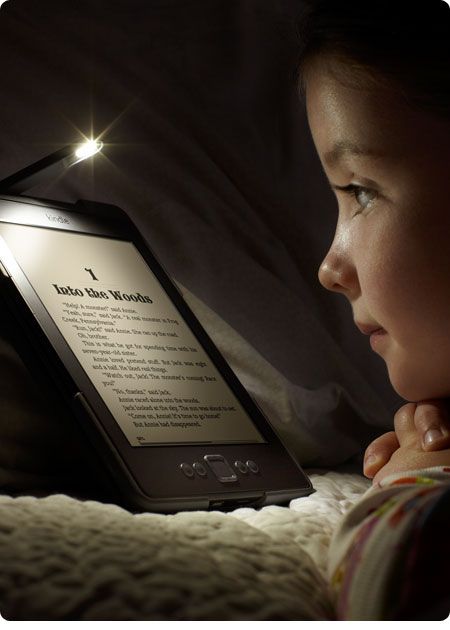
Interestingly, only one of the four new Kindle devices launched today (the basic Kindle) will be available outside the US – the Kindle Fire will start shipping from November 15, while the Kindle Touch models will start shipping from November 21. The new non-touch Kindle is already in stock though.
Call me a bit old-fashioned, but for all the hype around the Kindle Fire, for me, the real stars of the show were the two Kindle Touch models, especially the Kindle Touch 3G. To get a device with touch navigation and lifetime 3G and two month’s battery life for USD 149 is a staggering proposition. It is certainly the one I am going to be eyeing.
As for the Kindle Fire, while I am delighted we finally have a high-profile Android device that does not cost the earth, fulfilling one of the predictions that Google had made about the OS (great specced devices at low prices), I do not see it taking on the iPad, as some pundits have been predicting with feverish enthusiasm, for the simple reason that it does not have the apps to do it yet.
Yes, the integration with Amazon services will delight US users, but most of those services cost a bit more abroad. The heavily skinned interface also raises questions as to just how easy it would be to update this tablet to a new version of Android, and would Amazon be interested in even doing so? For let it be remembered that the Fire is not an Android flagbearer (although many Android followers will be adopting it with haste in the coming days) but a versatile device that has been designed to consume Amazon services.
Yes, it will undoubtedly expand the tablet market, thanks to its low price and the media attention that it will attract, but we do not expect it to deflect iPad buyers, as it simply is a less versatile device at the moment. Its biggest contribution, however, will be to bring down the prices of Android tablets in general, and make manufacturers realize that tablets can exist without cameras too!
The Kindle Fire may have got the media eyeballs, but we reckon it is going to be the Touch twosome that will be attracting those of readers. And their wallets too. There! You have our fearless prediction of an evening that will be remembered as the day Touch Came to Amazon.

